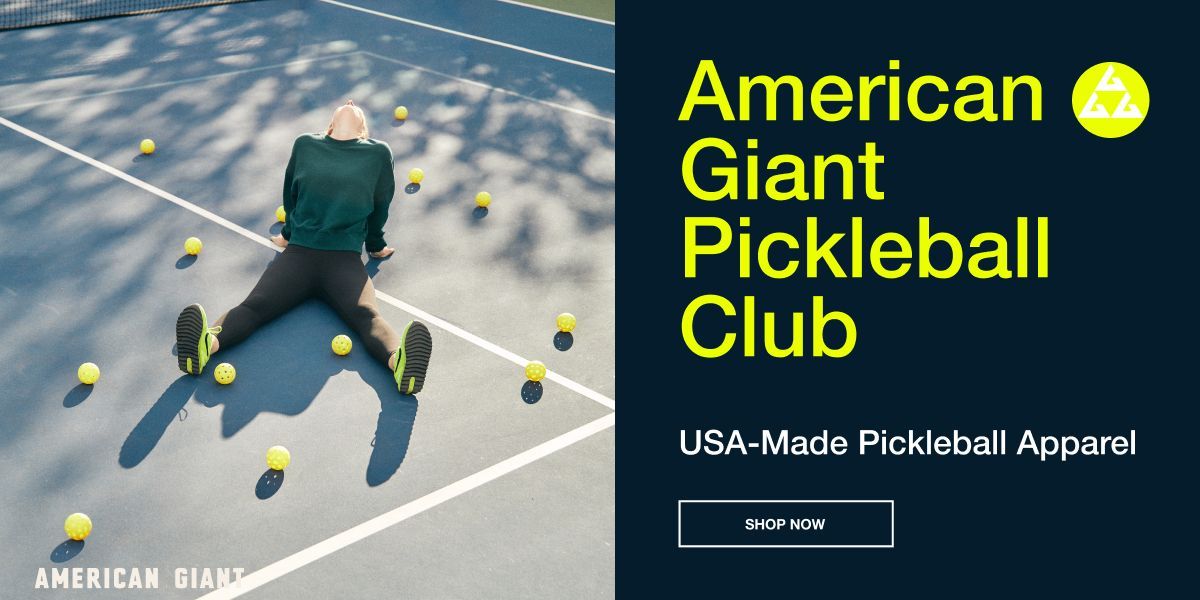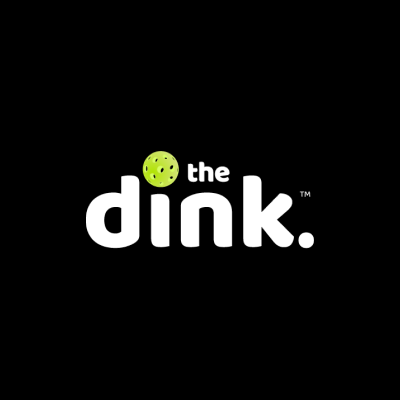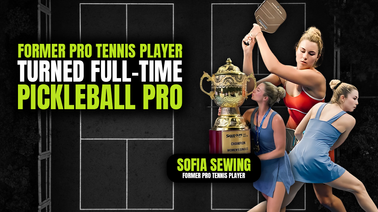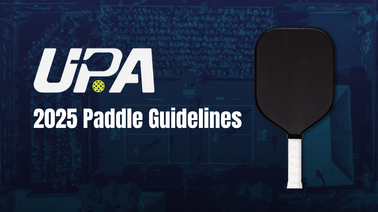
As the saying goes, "those who ignore history are doomed to repeat it." That notion is just as true for pickleball as it is for anything else, especially when you pair it with another common idiom: numbers don't lie.
In order to anticipate what pro pickleball play will look like in 2023, we need to examine stats from 2022. Thankfully, Jim Ramsey of Pro Pickleball Stats studies pro matches closely to draw valuable insights from them.
Here are three pro pickleball statistics he observed and analyzed in 2022 and what they mean for competition in 2023 and beyond.
#1: Women's play is evolving
Ramsey says one of his main observations surrounding the 2022 season centers around women's play.
"After watching every doubles gold medal match...women are playing a more athletic style of pickleball," he says.
"For example, let's look at ernes: at Red Rock in April, there were no ernes in the women's final or by women in the mixed doubles final. At North Carolina in May, there were three. In Orlando in December, there were eight.
"To me, that's indicative of an increasingly more athletic, dynamic style of play."
Related: Where Does Pickleball's #1 Female Rank vs Men?
#2: Overall play is becoming more aggressive
Overall play across men's', women's', and mixed games seems to be focused more on overall offensiveness.
Over the course of the year, Ramsey noted that rally length steadily decreased, indicating a more assertive style of play.
At a competition in Georgia in 2022, 57% of the rallies were comprised of nine or fewer shots. At the 2019 US Open, only 42% of the rallies were nine shots or fewer. Meanwhile, only 3.8% of rallies at that Georgia event in 2022 lasted 30 shots or more, while in 2019, 7.7% did.
These numbers speak to the idea that pro pickleball players are more willing to take risks on the court than ever before.
Click here for the full breakdown of pickleball's evolution toward aggressive play.

#3: The significance of timeouts
In an environment where play is more athletic and more aggressive, the timeout is beginning to hold additional significance at high levels of play.
Ramsey tracked timeouts during men's, women's and mixed doubles matches at two PPA events in 2022. In total, 65 time outs were analyzed. So did the team that called for a timeout win the next rally?
The answer is complicated: 33 yes and 32 no, for a slim 50.76% margin.
Ramsey elaborates, "There are times when a 50% chance of winning the next rally is an improvement!"
"Pickleball scoring can be streaky. By calling time out, your opponents' 66% or 75% chance of winning the next rally has been slashed to 51%. That's a significant decrease, and it matches the mindset of 'probably' becoming a '50-50.'"
If you want to keep up with everything pickleball, you’ve got to sign up for our newsletter. We break news faster than anyone in the game. Subscribe below:










